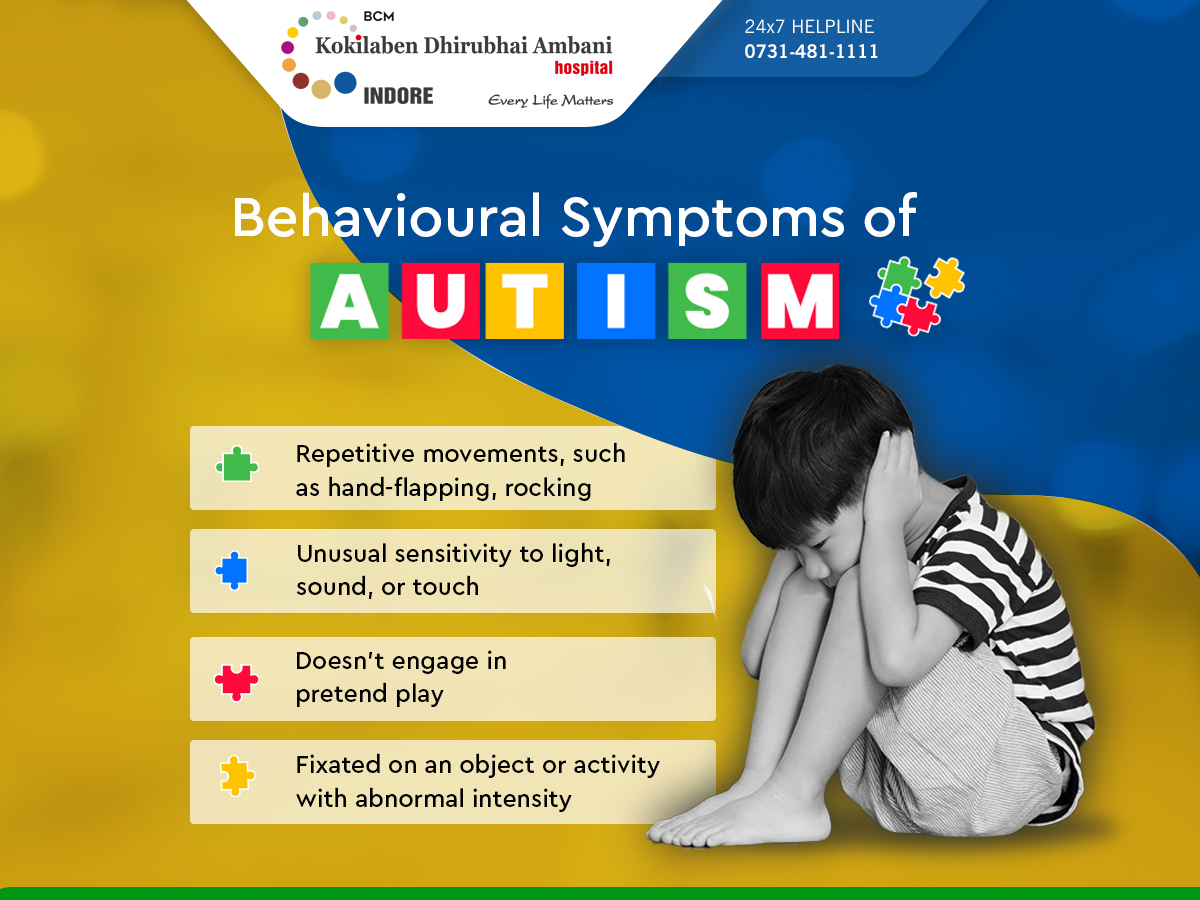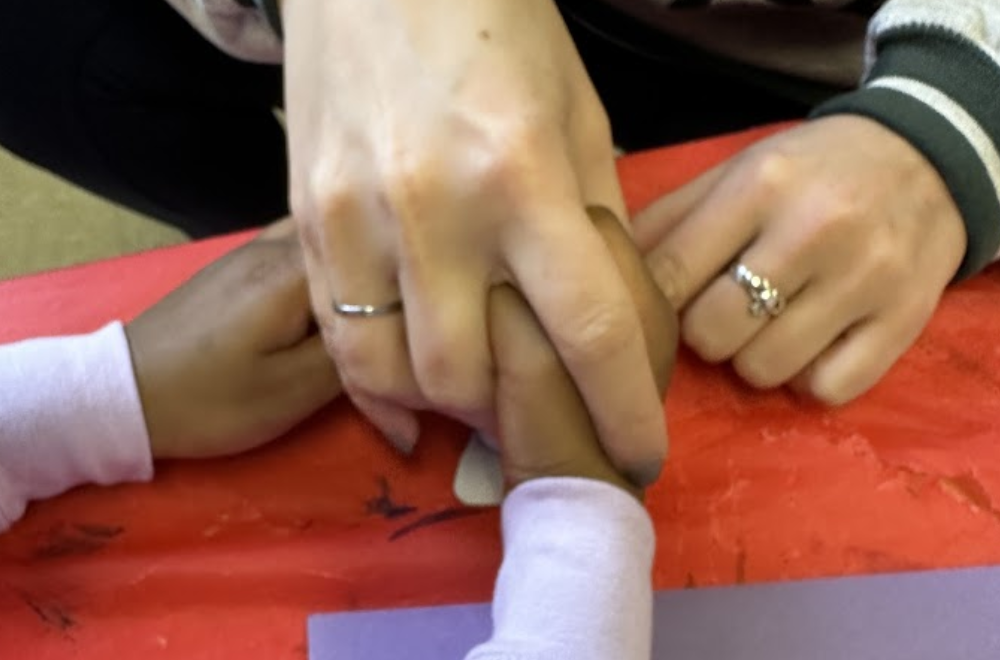When working with an Aba Therapist Near Me, your child may experience big changes in social and communication growth
When working with an Aba Therapist Near Me, your child may experience big changes in social and communication growth
Blog Article
Understanding the Impact of Behavioral Autism on Day-to-day Live and Social Interactions
You might not realize how deeply behavioral autism influences day-to-day life and social communications. People on the spectrum commonly browse a globe filled with communication obstacles and sensory overload. These challenges can lead to stress and seclusion, impacting their relationships and total wellness.
Defining Behavior Autism and Its Qualities
Behavioral autism, usually referred to as autism range problem (ASD), incorporates a variety of conditions identified by challenges in social communication, communication, and repeated behaviors. You could discover that people with ASD usually have a hard time to analyze social hints, which can lead to misunderstandings in conversations. They might find it tough to establish eye get in touch with or engage in little talk, making social circumstances feel frustrating.
Interaction troubles can manifest in various ways, from postponed speech growth to a preference for utilizing less words. Repetitive habits, such as hand-flapping or shaking, can function as coping mechanisms to handle stress or sensory overload. These features can profoundly impact every day life, making it vital for you to understand and support those with ASD. By identifying these characteristics, you can promote an environment that promotes acceptance and urges effective communication, aiding individuals with autism flourish in their day-to-day interactions.
The Spectrum of Autism: Understanding Variability in Behavior
Autism range condition (ASD) isn't a one-size-fits-all diagnosis; it varies extensively amongst individuals. You may experience individuals who are highly spoken and engage quickly in discussions, while others may choose solitary activities or connect non-verbally.
Additionally, the way individuals with ASD reply to sensory input can vary substantially; some may be overwhelmed by bright lights or loud sounds, whereas others prosper in stimulating atmospheres. The spectrum likewise includes distinctions in social interactions; some people may battle to translate social cues, while others navigate social setups with relative convenience. Recognizing this variability is important, as it helps you value everyone's one-of-a-kind experience and dressmaker assistance to their certain needs, cultivating an extra inclusive setting for every person.
Communication Challenges Encountered by People With Autism
When you interact with individuals on the autism range, you may observe their unique interaction difficulties. They usually face difficulties with both nonverbal and spoken cues, which can influence their social communications. Understanding these obstacles is important for cultivating much better connections and support.

Verbal Interaction Difficulties
Many people on the autism spectrum experience verbal communication troubles that can considerably influence their everyday interactions. Your quantity, pace, or tone could not align with social assumptions, causing others to misinterpret your purposes. Recognizing these obstacles can assist you and your support network develop approaches to improve interaction and promote better links with others in your everyday life.
Nonverbal Communication Obstacles
Verbal interaction isn't the only obstacle people on the autism spectrum face; nonverbal interaction obstacles can be equally as substantial. You could locate it hard to translate body language, faces, and eye get in touch with, which are vital for effective communication. These obstacles can cause misunderstandings or misconceptions of social hints, making communications really feel overwhelming or confusing. You may battle to reveal your very own emotions via nonverbal means, leaving others not sure of your objectives or feelings. This disconnect can create feelings of seclusion and irritation. Acknowledging these obstacles is crucial for promoting understanding and compassion in your interactions. By resolving nonverbal communication, you can discover approaches to improve your social experiences and improve your total quality of life.
Social Interaction Influences
Social interactions can often feel overwhelming due to the distinct interaction difficulties faced by people with autism. Identifying these obstacles can aid you discover techniques to improve interaction, such as exercising social abilities in risk-free setups or utilizing visual help. Comprehending your needs permits you to browse social interactions with higher self-confidence and simplicity.
Social Communication and Relationship Building in Autism
While structure partnerships can be challenging for people with autism, comprehending their distinct viewpoints and communication designs can foster significant connections. You could discover that many people on the range prefer straight interaction and Clicking Here may battle with social hints or small talk. By being uncomplicated in your interactions, you can assist produce an atmosphere where they really feel comfortable.
Take the time to observe and pay attention how they reveal themselves. This insight can direct you in guiding conversations extra effectively. Participating in shared interests can also offer as a bridge to much deeper links. Whether it's a pastime, a favored show, or a common enthusiasm, these usual strings can open doors to friendship.
Day-to-day Live Regimen: Browsing Challenges and Methods
Maneuvering day-to-day live regimens can be especially testing for individuals with autism, specifically when unforeseen adjustments happen. You may discover comfort in having a structured schedule, as it helps you anticipate what's next. It's typical to feel overloaded or anxious when interruptions occur. To navigate these obstacles, think about executing aesthetic routines or lists. These tools can offer quality and peace of mind.
Developing a regimen that consists of sensory breaks can additionally be beneficial. You can plan short breaks throughout your day to recharge. It's important to interact with those around you, allowing them understand your needs and choices. This helps develop an understanding environment.
Finally, practice mindfulness methods to manage stress and anxiety and stress and anxiety. Straightforward breathing exercises or basing techniques can make a considerable distinction. By incorporating these approaches, you can boost your day-to-day routine and lessen disruptions, making life feel a lot more manageable.
Staminas and Capacities of Individuals on the Autism Spectrum
Recognizing life regimens is just one aspect of the autism experience. Lots of individuals on the autism spectrum have amazing staminas and abilities that set them apart. You may discover that your focus to information is exceptional, enabling you to stand out in jobs that call for precision and focus. Your capability to believe outside package can result in cutting-edge solutions in different circumstances.
Moreover, your memory skills typically beam, especially in areas of rate of interest. Autism Spectrum Therapies. This propensity for maintaining info can make you a beneficial resource in fields like scientific research, innovation, or art. You may additionally show strong visual reasoning, allowing you to picture complex concepts and fix troubles artistically
In addition, your special point of view on the world can foster empathy and understanding in others, improving social communications. Accepting these staminas not only enhances your self-confidence why not check here but also aids others appreciate the varied skills you bring to the table.
Developing Inclusive Environments for People With Autism
Producing inclusive settings for individuals with autism begins with designing sensory-friendly rooms that deal with their distinct needs. You can additionally promote opportunities for social communication, helping to construct friendships and links. By making these modifications, you'll add to a more welcoming ambience for everybody.
Creating Sensory-Friendly Spaces
While designing sensory-friendly spaces, it's essential to show on the unique requirements of individuals with autism. Begin by choosing soothing colors and soft lights to produce a soothing setting. When overwhelmed, integrate peaceful zones where individuals can pull back and reenergize. You'll wish to minimize loud noises and disturbances, using soundproof materials or white sound devices to aid keep harmony. Take into consideration responsive elements like soft materials or fidget-friendly items that can give convenience. Determine that areas are versatile, enabling very easy reformation to accommodate various activities. Consist of aesthetic timetables or clear signs to aid individuals navigate the area with confidence. By attentively incorporating these components, you can develop a welcoming ambience that sustains sensory demands and advertises general well-being.
Advertising Social Communication Opportunities
Designing sensory-friendly rooms not only addresses specific convenience but also sets the phase for purposeful social communications amongst people with autism. Urge peer mentoring, matching people with autism with supportive peers who can assist them through social circumstances. By executing these approaches, you can improve social possibilities, assisting people with autism build relationships and reinforce their social abilities in a risk-free, welcoming environment.

Frequently Asked Concerns
Exactly How Can Pals Assistance A Person With Behavioral Autism?
You can sustain a buddy with behavioral autism by holding your horses, paying attention proactively, and respecting their boundaries. Participate in activities they appreciate, communicate honestly, and develop a comfortable environment where they really feel valued and understood.
What Resources Are Available for Parents of Children With Autism?
You can discover different resources for moms and dads of youngsters with autism, including support teams, academic sites, and local social work. Linking with other moms and dads can likewise offer valuable understandings and shared experiences to assist navigate obstacles.
Can Behavioral Autism Modification Over Time?

Yes, behavioral autism can alter with time. You may see shifts in communication, social abilities, and behavior as your kid expands. Early intervention and support commonly play vital duties in these developing adjustments.
How Do Sensory Sensitivities Influence Day-to-day Live?
Sensory level of sensitivities can make daily experiences frustrating. You might battle with loud sounds or bright lights, leading to anxiety or evasion. Finding environments that fit your requirements can substantially improve your comfort and overall day-to-day live.
What Are Typical Misconceptions Concerning Behavioral Autism?
You could assume behavior autism only published here affects communication skills, however it's even more complex. Lots of assume individuals lack empathy or intelligence, which isn't true. Understanding these misconceptions helps foster acceptance and support for those on the range.
Behavior autism, often referred to as autism spectrum problem (ASD), incorporates an array of problems identified by obstacles in social communication, interaction, and repeated habits.Social interactions can commonly really feel overwhelming due to the distinct communication challenges encountered by people with autism.Designing sensory-friendly spaces not just addresses specific comfort however also establishes the stage for meaningful social communications amongst people with autism. Encourage peer mentoring, pairing people with autism with helpful peers that can lead them with social situations. By implementing these strategies, you can boost social chances, helping individuals with autism develop friendships and reinforce their social abilities in a safe, inviting atmosphere.
Report this page